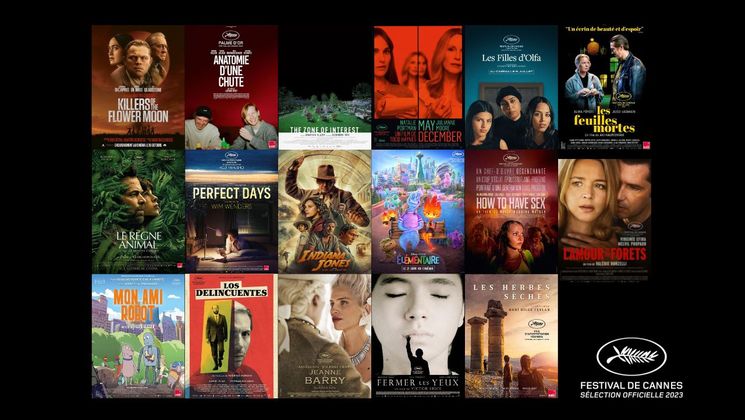
Kornél Mundruczó seizes the fate of refugees

After White God and its horde of rebellious dogs, the Hungarian film-maker Kornél Mundruczó has come back in Competition with Jupiter’s Moon, a feature film with a hybrid structure, coloured with fantasy, that questions the burning issue of refugees.
We had left Kornél Mundruczó's world of cinema with a masterful scene made up of inventiveness and symbols, in which a pack of stray dogs was invading the deserted streets of Budapest, in the wake of a young girl on a bike. Some people see this series of slow motion shots as a metaphor for the authoritarian excesses that were making Hungary's political landscape fragile.
Jupiter’s Moon is the second part of a trilogy that the film-maker wants to end with the adaptation of a novel by Vladimir Sorokine. It is once again set in a context of crisis that is not just hitting Hungary: the refugee crisis. Kornél Mundruczó explains that he became aware of their situation – and was upset by it – when he was working on the construction of a theatre facility in a Hungarian refugee camp.
Shot on 35 mm, Jupiter’s Moon tells the story of Aryan, a young immigrant who discovers that he has the power to levitate after having been shot down when trying to illegally cross the border. He meets a certain Dr Stern, who is an old doctor disillusioned by his job, in the refugee camp. Dr Stern helps Aryan run away, with the ambition of exploiting this incredible secret.
The Hungarian film-maker resolved to not register the film as just a genre film, in order to move away from the temptation of using a narrative style that is too stereotypical. Like for White God – Un Certain Regard Prize in 2014 -, Kornél Mundruczó created his fifth feature film around a multilayered structure, with the idea of making the audience feel as if they were falling forward. "We wanted to show a stifling, overpopulated city where the only moments of peace are when the character flies away", explains the director, by way of justification of the spiritual dimension to the film, which also sporadically mentions the search for faith.


